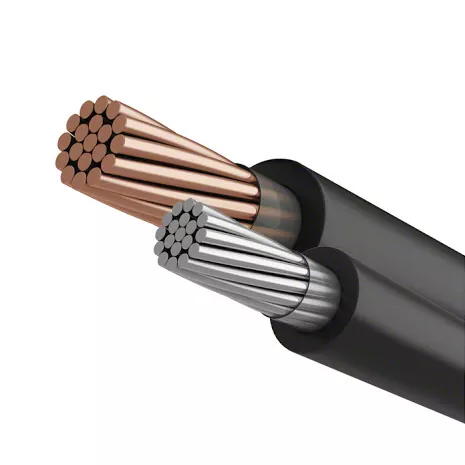 English
English Español
Español  Português
Português  русский
русский  Français
Français  日本語
日本語  Deutsch
Deutsch  tiếng Việt
tiếng Việt  Italiano
Italiano  Nederlands
Nederlands  ภาษาไทย
ภาษาไทย  Polski
Polski  한국어
한국어  Svenska
Svenska  magyar
magyar  Malay
Malay  বাংলা ভাষার
বাংলা ভাষার  Dansk
Dansk  Suomi
Suomi  हिन्दी
हिन्दी  Pilipino
Pilipino  Türkçe
Türkçe  Gaeilge
Gaeilge  العربية
العربية  Indonesia
Indonesia  Norsk
Norsk  تمل
تمل  český
český  ελληνικά
ελληνικά  український
український  Javanese
Javanese  فارسی
فارسی  தமிழ்
தமிழ்  తెలుగు
తెలుగు  नेपाली
नेपाली  Burmese
Burmese  български
български  ລາວ
ລາວ  Latine
Latine  Қазақша
Қазақша  Euskal
Euskal  Azərbaycan
Azərbaycan  Slovenský jazyk
Slovenský jazyk  Македонски
Македонски  Lietuvos
Lietuvos  Eesti Keel
Eesti Keel  Română
Română  Slovenski
Slovenski  मराठी
मराठी  Srpski језик
Srpski језик
The difference between PV cable and normal cable
2023-10-24
The insulation and jacketing materials used in PV (photovoltaic) cable are specifically engineered to fulfill the specific needs of solar power systems, marking the primary distinction between it and regular cable.
PV cables are made especially to be used with photovoltaic systems, which use sunshine to create power. They have exceptional resistance to UV rays, severe temperatures, and meteorological situations since they are constructed with unique insulating and jacketing materials. In order to survive the continuous mechanical stress and movement associated with solar panel installations, PV cables are also made to be more flexible and durable than standard cables.
On the other hand, standard cables lack the specific features and construction needed for solar power systems because they are made for general-purpose electrical uses. They might not be made to endure the movement and strain of solar panel installations, nor might they provide sufficient protection against UV rays or extremely high or low temperatures.
The electrical resistance of PV cables differs from that of regular cables in another way. PV cables have extremely low electrical resistance in order to increase the efficiency of the solar power system and reduce power loss during transmission. This degree of low resistance is not present in typical cables.
Generally speaking, the primary distinction between regular cable and photovoltaic (PV) cable is that the former is made especially to satisfy the particular needs of solar power systems and provide the superior protection, robustness, and efficiency required in these kinds of specialized installations.




